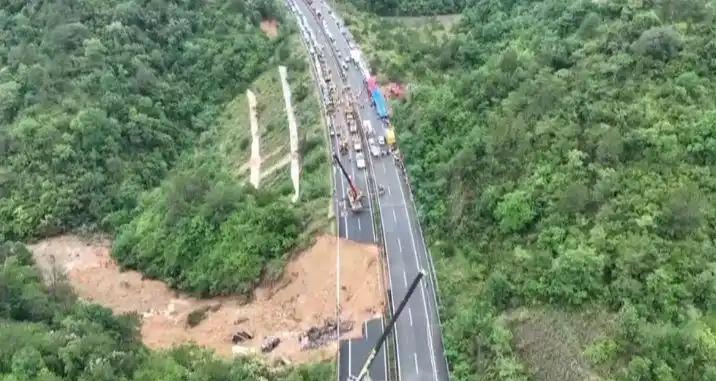Legal Analysis of Meidao Highway Landslide Disaster Accountability
Following a devastating landslide on the Meidao Highway that claimed multiple lives, 32 public officials and 4 units faced disciplinary actions. This analysis examines the accountability measures from legal and administrative perspectives.

The recent landslide disaster on the Meidao Highway in China has brought significant attention to infrastructure safety and accountability in public works projects. The incident triggered a comprehensive investigation that resulted in disciplinary actions against 32 officials and 4 government units.
The investigation revealed several critical oversights in the highway’s construction and maintenance:
First, there were serious deficiencies in the design and construction of the retaining wall. The designed height was 5 meters, but the actual constructed height was only 4.33 meters. Additionally, only two drainage holes were implemented instead of the designed three, significantly compromising the structure’s stability.
Second, the investigation identified inadequate risk assessment of the high-fill roadbed. The subtropical climate of Meizhou, with concentrated rainfall from April to September, should have warranted more robust preventive measures. The lack of intelligent monitoring and early warning systems further compounded the vulnerability of the structure.
Third, routine maintenance and inspection procedures were found to be largely performative rather than substantive. This negligence led to the softening of the roadbed’s foundation after prolonged water exposure, ultimately triggering the catastrophic collapse.
The accountability measures implemented reflect a graduated approach to responsibility:
- Four units received formal written inspection orders
- Senior officials received various levels of disciplinary warnings
- Mid-level managers faced demotions
- Some officials were removed from their positions
What distinguishes this case is the balanced approach to accountability. While natural factors played a significant role (excessive rainfall), the investigation also identified specific human failures in design, construction, and maintenance. This represents a departure from simply attributing such disasters entirely to natural causes or exclusively to human error.
However, questions remain about the adequacy of these penalties. Some argue that the disciplinary actions are insufficient given the loss of life, while others contend that the measures appropriately reflect the complex interplay of natural and human factors that contributed to the disaster.
The case highlights the need for more robust infrastructure safety measures and accountability systems in China’s rapidly expanding transportation network. It underscores the importance of thorough risk assessment, proper construction standards, and diligent maintenance procedures in infrastructure projects.
This incident has sparked broader discussions about infrastructure safety standards and the balance between rapid development and quality assurance in China’s transportation sector. The aftermath of this disaster may lead to significant reforms in how similar projects are approved, constructed, and maintained in the future.
The legal implications extend beyond individual accountability to systemic issues in project management and oversight. This case may serve as a catalyst for strengthening regulatory frameworks and enforcement mechanisms in infrastructure development.